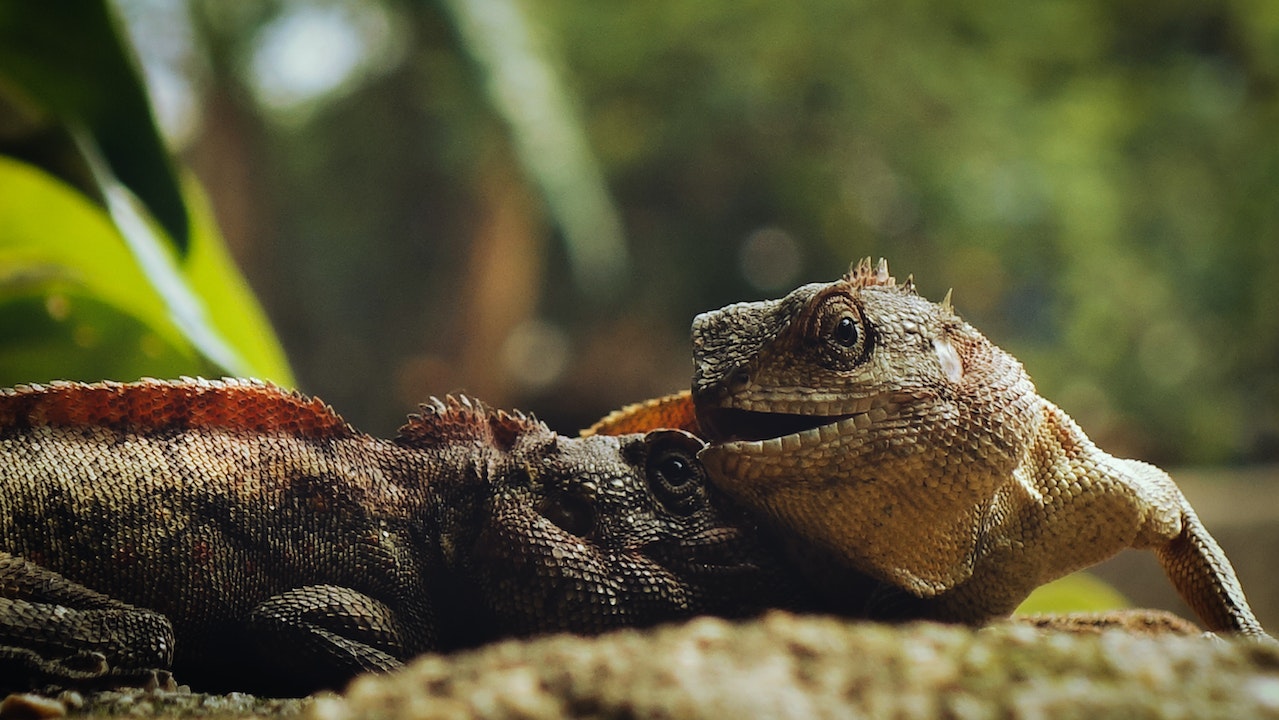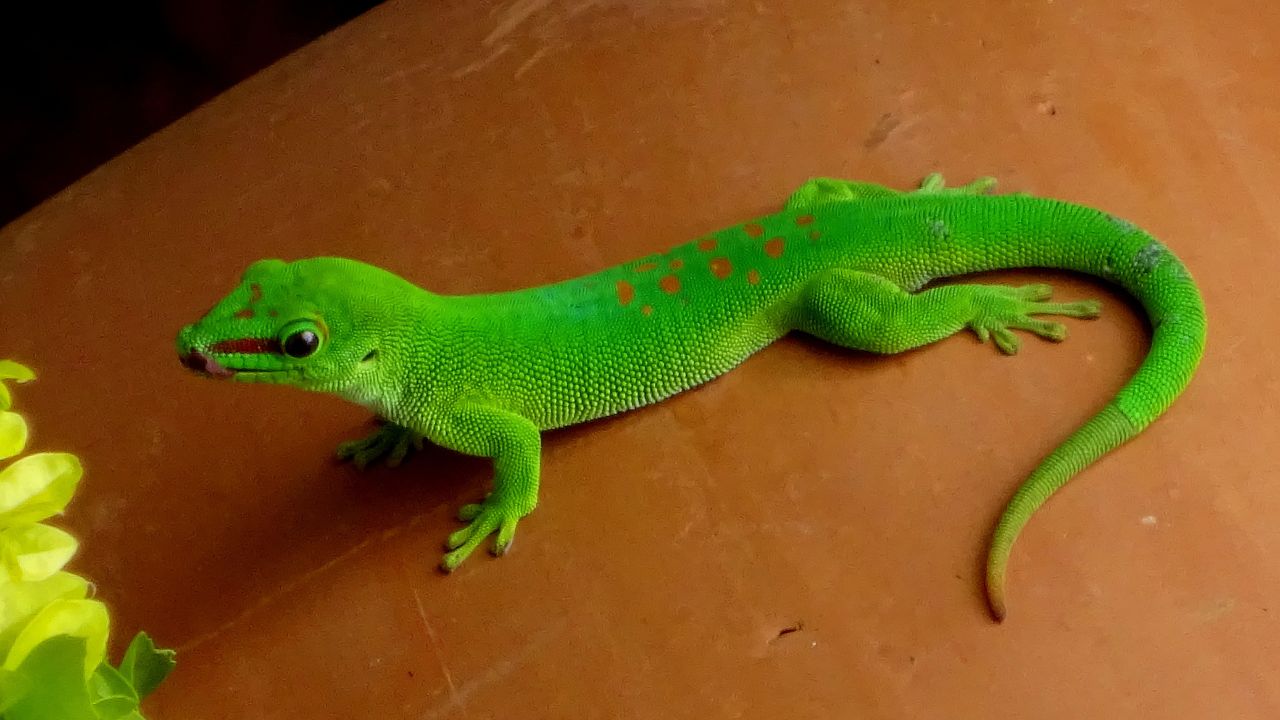Lizards are a fascinating species that can be found in a variety of different habitats across every continent except Antarctica. From deserts and wetlands to urban environments, lizards are a common feature in our world. They can be found in a variety of habitats, including rainforests and deserts. Most lizards are terrestrial, but some are burrowers or aquatic animals. Some are very good swimmers. As a result, many people are familiar with the sight of a lizard, but few know where most lizards can be found. In this blog post, we will dive into the lizard hotspots around the world and uncover where most lizards can be found. We’ll explore the different types of lizards, the environmental conditions that make them thrive, and which regions are the best for spotting diverse lizard species. With this information, you’ll be able to plan trips to popular lizard hotspots and start looking for lizards in their natural habitats. So let’s get started and explore the lizard hotspots around the world!
With over 6,000 species of lizards, they can be found in deserts, rainforests, grasslands, and even in urban areas. However, certain regions of the world are known for having a higher density and diversity of lizard species. In this article, we’ll explore the most lizard-rich regions in the world.
Central and South America
Central and South America are home to some of the most diverse lizard populations in the world. The region has a tropical climate that is ideal for reptiles and has numerous species that are found nowhere else in the world. In the Amazon rainforest, for example, there are over 100 species of lizards, including the green iguana, and the black and white tegu. These lizards feed on a variety of prey, including insects, small mammals, and other reptiles.
Another notable area in Central and South America is the Galápagos Islands. These volcanic islands are located off the coast of Ecuador and are home to a unique collection of species, including the Galápagos giant tortoise and the marine iguana. The marine iguana is one of the few species of lizards that feed on seaweed, and it can be found on the rocky coasts of the islands.
Africa
Africa is another region with a high diversity of lizards. With a variety of habitats, including deserts, savannas, and rainforests, Africa is home to many species of lizards that have adapted to different environments. Some of the most well-known species of lizards found in Africa include the Nile monitor, the chameleon, and the girdled lizard.
The Nile monitor is a large species of lizard that can grow up to six feet in length and is native to the Nile River region. It feeds on a variety of prey, including fish, reptiles, and small mammals. The chameleon is a well-known species of lizard that is native to Madagascar and Africa. With its ability to change color and shoot out its tongue to catch prey, the chameleon is one of the most recognizable lizards in the world.
Australia
Australia is known for having a high diversity of flora and fauna and has the greatest number of reptiles found on earth, including lizards. With a variety of habitats, including deserts, rainforests, and grasslands, Australia is home to many unique species of lizards. Some of the most well-known species of lizards found in Australia include the grilled-neck lizard, the blue-tongued skink, and the Goanna.
The frilled-neck lizard is a species of lizard that is native to Australia and is known for its large frill that can be expanded when the lizard is frightened. The blue-tongued skin is a large species of lizard that is found in Australia and New Guinea and is known for its blue tongue, which it uses to scare off predators. The goanna is a type of monitor lizard that is native to Australia and can grow up to six feet in length.
Madagascar
Madagascar is a large island located off the coast of Africa and is known for having a high diversity of lizards. With a variety of habitats, including rainforests, deserts, and grasslands, Madagascar is home to many unique species of lizards. Some of the most well-known species of lizards found in Madagascar include the chameleon, the leaf-tailed gecko, and the Madagascar ground boa.
North America
The deserts of North America are home to many lizards. They can get very hot during the summer and drop below-freezing temperatures in winter. The lizards that live in these deserts have to adapt to the extreme heat and lack of water. Some lizards go into hiding places, under shade, under rocks, or into holes to escape the heat.
The lizard that lives in deserts is the desert horned lizard, zebra-tailed lizard, collared lizard, and common chuckwallas. These unwieldy reptiles are protected and don’t like to be moved or handled. Some of them are poisonous but do have good looks with a variety of color designs. They are also very proud lizards, especially the mating male chuckwalla which has noticeable bright colors.
Antarctica
Antarctica is the world’s coldest, driest, and windiest continent. Almost completely covered by ice, it is a desolate landmass with little vegetation except for lichen and moss. Unfortunately, there are reptile species found here, however, scientists have made several exciting discoveries in Antarctica. One is a new fossil egg that was laid by a marine lizard called a masseur a type of sea lizard. So, we could say there were reptiles here before and not anymore, or the one who is there are frozen up.
Lizards can be found all over the world, but there are some areas where they are more plentiful than others. Deserts, tropical forests, and areas with a lot of rocks and foliage are the most common habitats for lizards. By understanding the needs of lizards and the types of habitats they prefer, it is possible to create a safe and healthy environment for lizards to thrive in.

